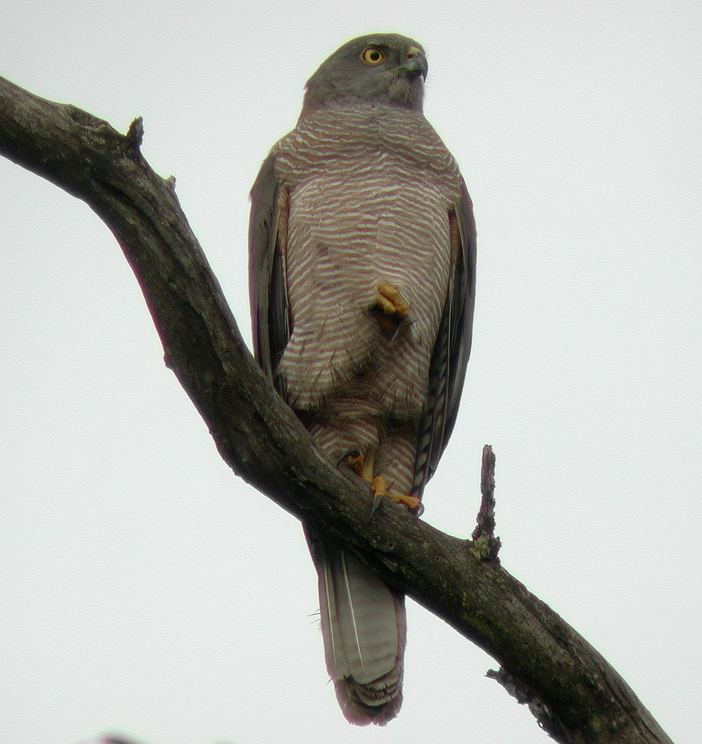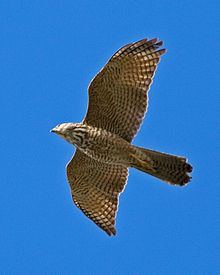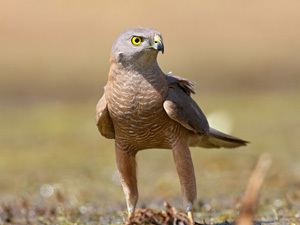Phylum Chordata Rank Species | Scientific name Accipiter fasciatus Higher classification Accipiter | |
Similar Bird, Collared sparrowhawk, Grey goshawk, Whistling kite, Spotted harrier | ||
Brown goshawk australian bird of prey
The brown goshawk (Accipiter fasciatus) is a medium-sized bird of prey in the family Accipitridae found in Australia and surrounding islands.
Contents
- Brown goshawk australian bird of prey
- Brown goshawk
- Description
- Distribution and habitat
- Feeding
- Breeding
- Subspecies
- References

Brown goshawk
Description

Its upperparts are grey with a chestnut collar; its underparts are mainly rufous, finely barred with white. Thus it has similar colouring to the collared sparrowhawk but is larger. The flight is fast and flexible. The body length is 40–55 cm (15.7–21.7 in); the wingspan, 75–95 cm (29.5–37.4 in). Females are noticeably larger: adult males weigh 220 g (7.8 oz), and adult females, 355 g (12.5 oz).
Distribution and habitat

The brown goshawk is widespread through Australia, Tasmania, Wallacea, New Guinea, New Caledonia, Vanuatu and Fiji. In Australia, it is found mainly in eucalypt forests and woodlands, as well as farmland and urban areas. In the Pacific, it mainly inhabits rainforest.
Feeding

Brown goshawks feed mainly on other medium-sized birds, while small mammals such as rats and rabbits are also taken. Brown goshawks often hunt near farmland or wetlands, where birds such as ducks, cockatoos and pigeons are plentiful. Smaller prey such as finches, pipits and fairy-wrens are also preyed on, right up to birds the size of domestic fowls and even large, aggressive birds such as currawongs and kookaburras. Bats, small reptiles, amphibians, and large insects are also occasionally eaten.
The main methods of catching prey are still-hunting, where the goshawk waits on a hidden perch until prey comes within striking distance, as well as flying through the undergrowth attempting to flush out small prey. Less often, they will stoop on prey from above, or even chase small mammals on foot.
When a brown goshawk is discovered by other birds, smaller species panic and flee for cover, while larger birds such as crows and magpies will aggressively mob it until it leaves the area.
Breeding
It nests in tall trees on a platform of sticks and twigs lined with green leaves. The clutch size is usually three, sometimes two or four. The incubation period is about 30 days, with chicks fledging about 31 days after hatching.
Subspecies
There are twelve described subspecies:
